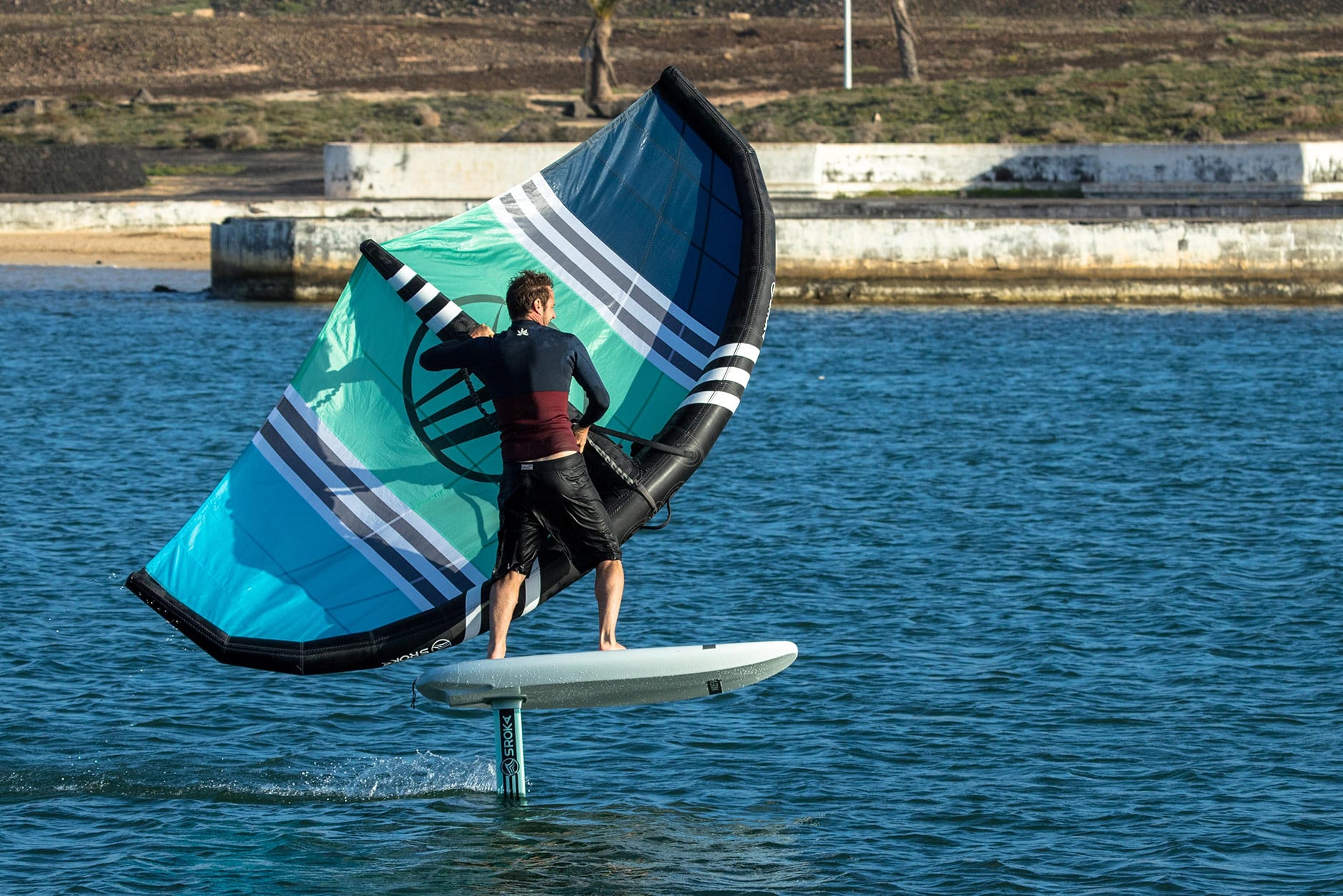Andalusia, a sunny region in the south of Spain, is a true paradise for water sports enthusiasts, especially wing foil. With its vast and diverse …
What are the regulations for paddle boarding?
Stand up paddle boarding is a very popular discipline due to its practicality, ease and accessibility to all. If you want to paddle board, no matter the body of water, it is essential to know the navigation rules of each body of water and to respect them in order to practice safely. So what are the regulations for paddle boarding?
The general rules for paddle boarding
To find out what the rules are for paddle boarding as well as your navigation area, it is important to identify the category of your paddle. The rules for paddle boarding are the same as for other sea users.
1. Stand up Paddle < 3.50m
If your boat or paddle is inflatable or rigid and its size is less than 3.5m. Your sailing space is limited to the 300m zone. You must therefore stay 300m from the coast because your paddle is considered a beach contraption. The equipment needed in the 300m area is:
– A mandatory leash
– A life jacket is also strongly recommended
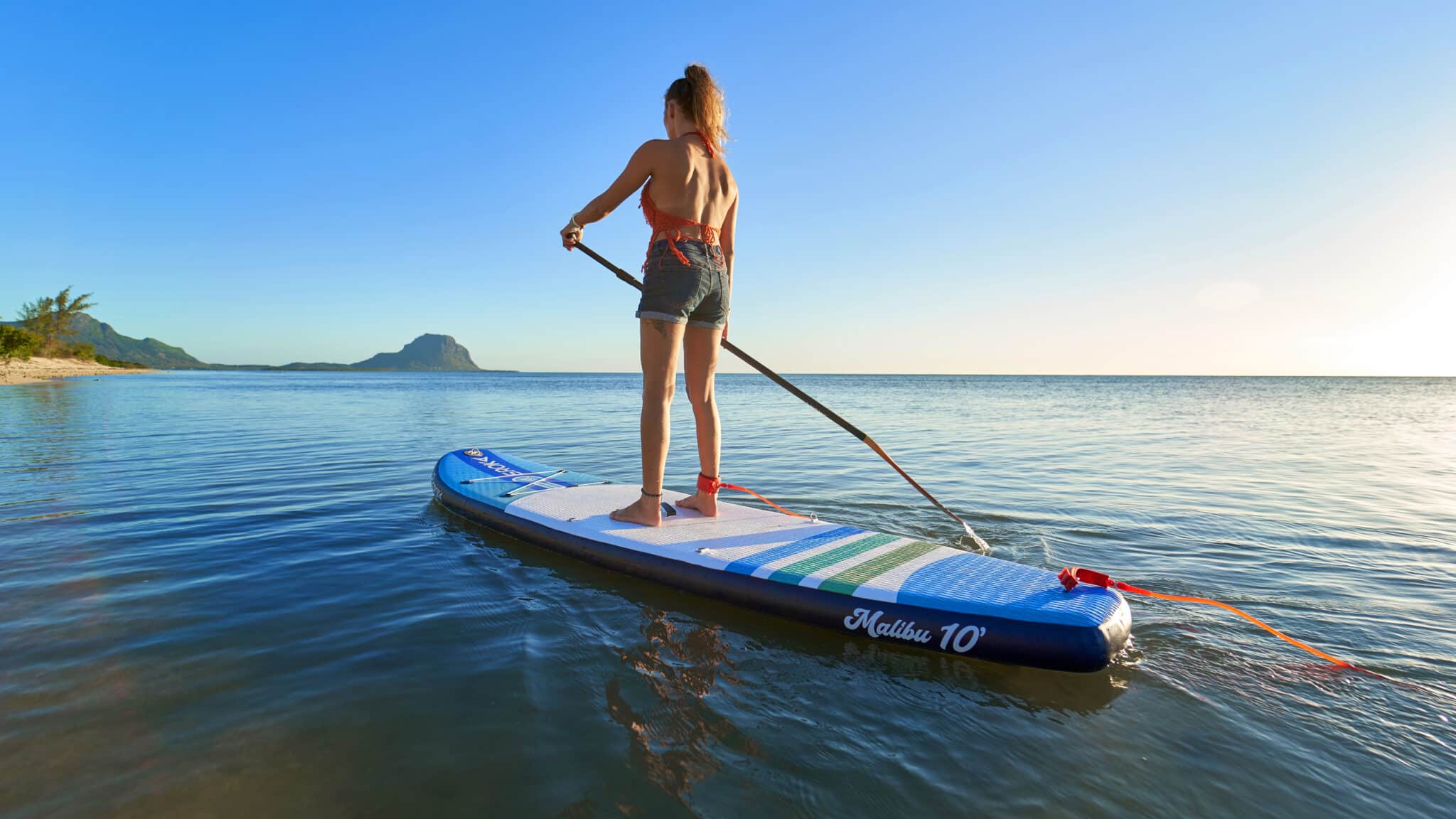
2. Stand Up Paddle > 3.50m
If the size of your paddle is more than 3.5m. If it is a rigid or inflatable paddle, but it has several air chambers (buoyancy reserves). Your sailing area is then extended to a distance of 2 miles from the coast, or about 3 km. But to get out of the 300m zone, you must have the necessary equipment (mandatory equipment) to sail at more than 300m. You must then equip yourself with weapons equipment that includes:
– A life jacket adapted to your size (50N minimum)
– A leash
– A towing device (floating lifeline and tether device)
– A light detection device (waterproof flashlights, etc.)
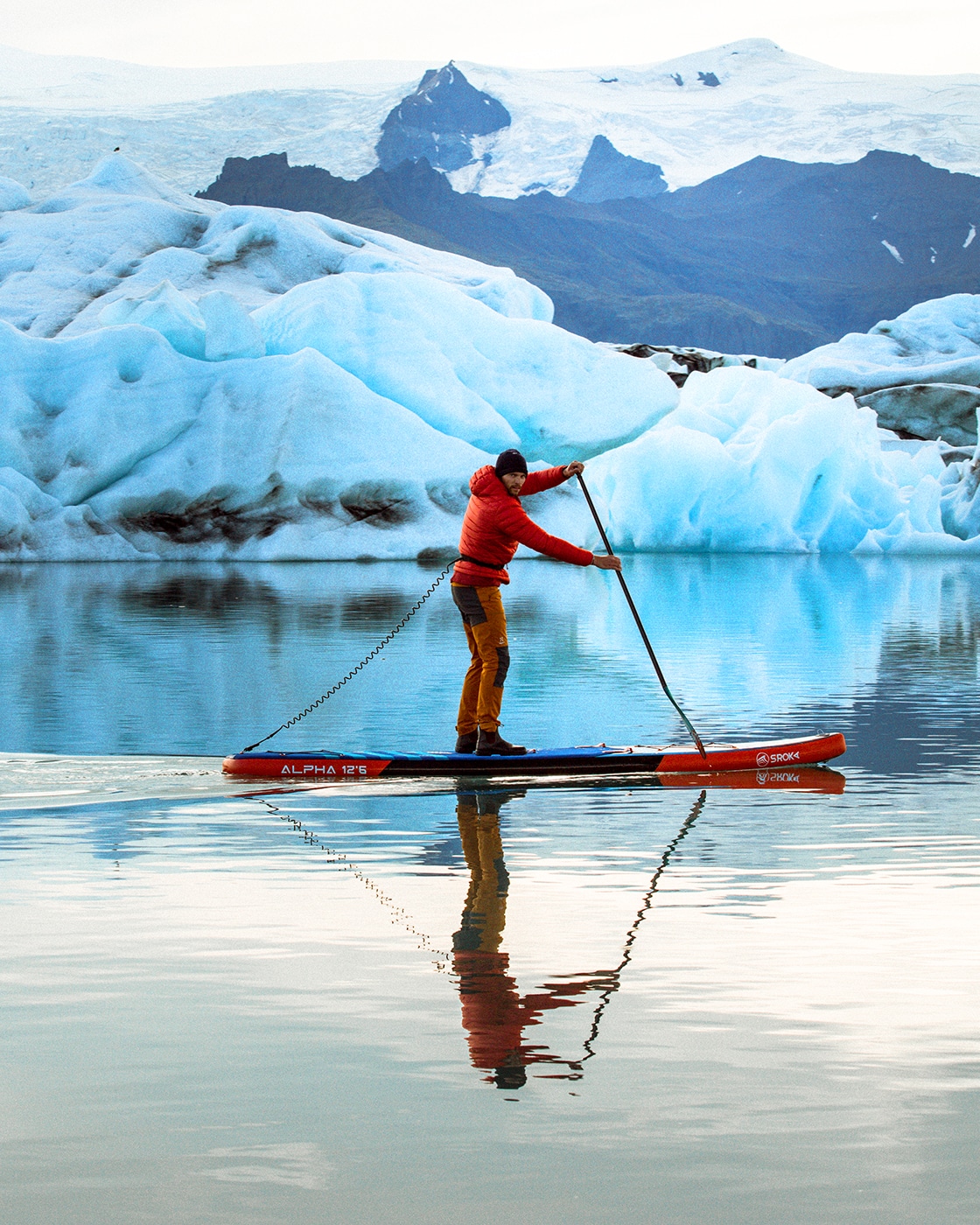
Proximity to a channel
When you are near a port, it is important to know that it is forbidden to cross the exit or entrance route of a channel that is marked by red buoys and green buoys.
Priority rules
When paddling, it’s important to keep in mind the different rules of priority. Namely, the least manoeuvrable vessels have priority over the most manoeuvrable ones. This means that when paddling or stand up paddling, you will have to give way to all large motorboats as well as sailboats that have a limited manoeuvring capacity. In other words, a sailboat sailing as well as a sailboat with a motor that has a limited manoeuvring capacity will have priority over you. For the same size and manoeuvrability, priority is given to those coming from starboard (on the right), as on the road.
The Rules of Paddle Surfing
For paddle surfing or Sup foil, you have to respect the rules of surfing. The surfer closest to the breaking zone has priority over the others. To paddle waves, always opt for conditions adapted to your level.
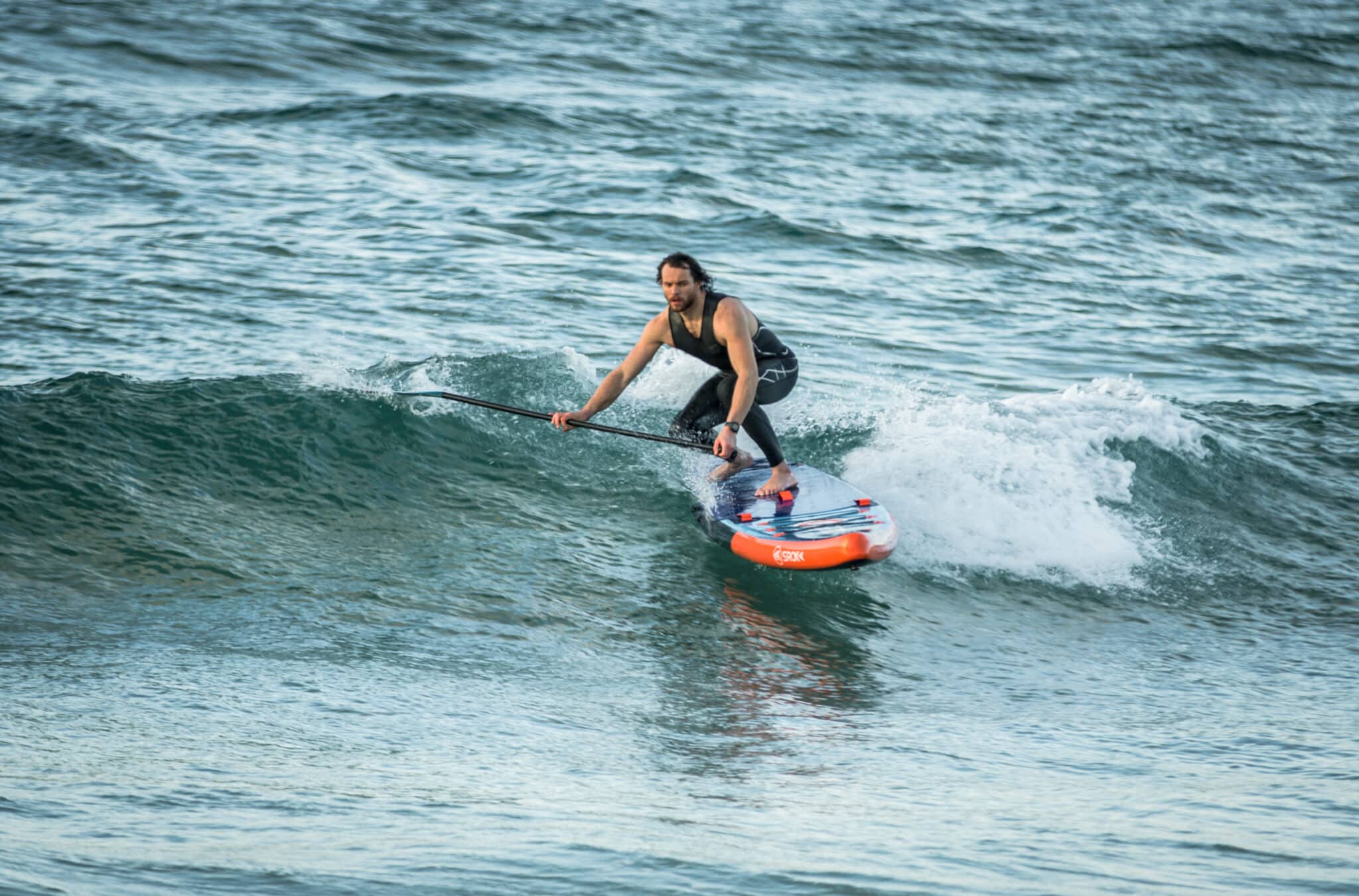
The rules for paddle boarding in the sea
Going out paddle boarding in the sea or ocean is considered open sea sailing. This practice requires some precautions such as checking the weather and sea conditions as well as knowing its potential evolution over time. This will help avoid being caught and avoid drifting against your will.
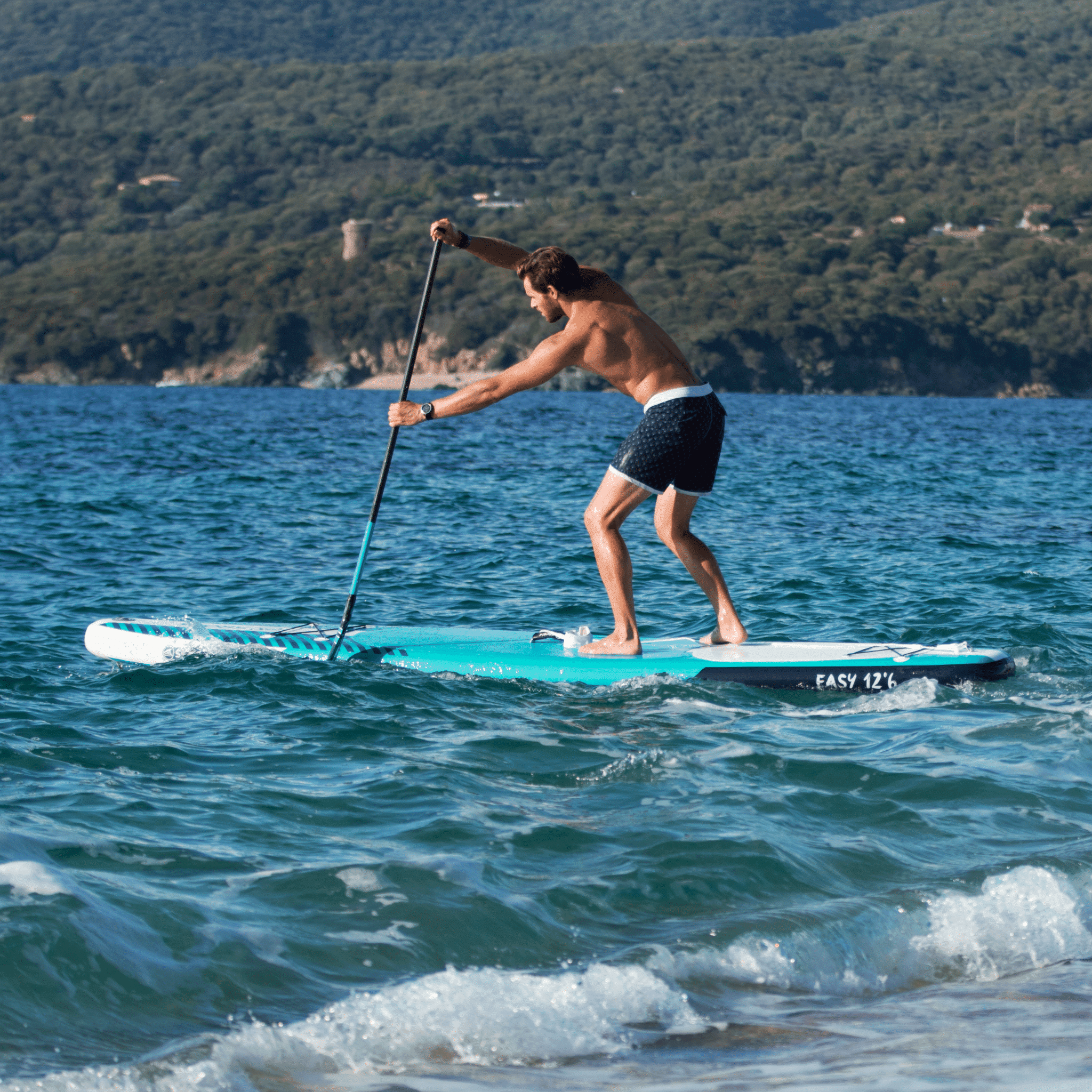
The rules for paddling in flat water in a closed environment (without current)
In a secure environment, the regulations are the same as in an open environment. If your paddle is less than 3.5m then you must stay at a distance of less than 300m from the shore. If your stand up paddle is longer than 3.5m then you are allowed to go more than 300m from the shore. But you must be equipped with the same equipment as at sea (life jacket, towing system, waterproof lighting device.
As far as the rules of priority are concerned, you must give way to all boats over 15 m as well as to the vessel with reduced manoeuvring capacity such as sailboats etc. Otherwise, the priority remains the same as at sea, in terms of size and manoeuvrability, priority to the one arriving on the starboard side (on the right).
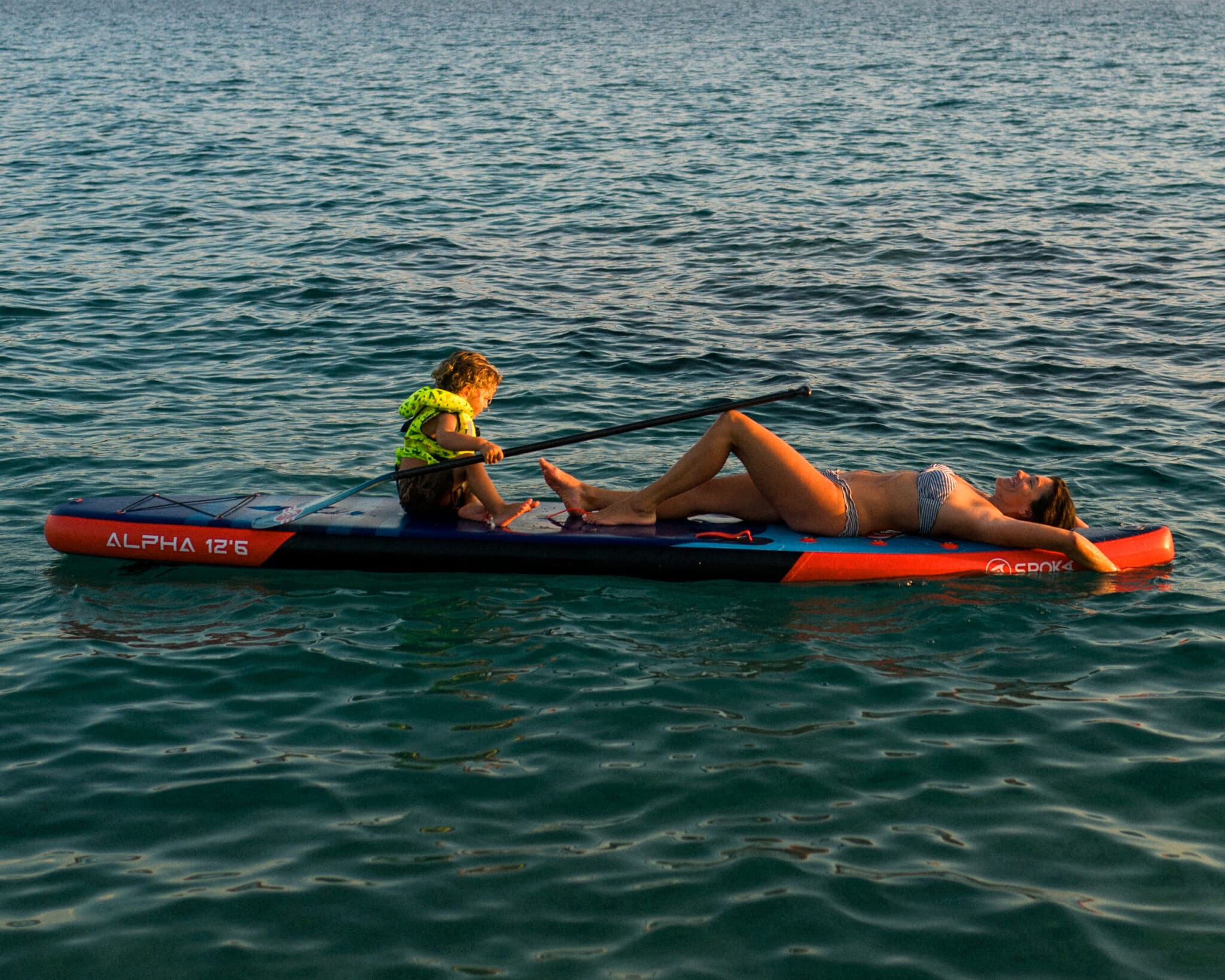
The rules of paddle boarding in flat water with a current
In whitewater, the first rule to know is that leash is prohibited! Indeed, it could get stuck in obstacles (rocks, branches, etc.) and block you and therefore prevent you from coming back to the surface. Of course, this depends on the class of the river. On the other hand, the buoyancy vest is mandatory.

In short:
- If your paddle is less than 3.50m, you must stay less than 300m from the coast and be equipped with at least one leash
- If your paddle is longer than 3.50m, you can go up to 2 miles from a shelter. Of course, you must be equipped with a mandatory armament (life jacket, floating tow rope with hook, waterproof flashlight with a 6-hour operating time)
- Always follow the rules of priority
- And above all, never put yourself in danger

If you still have questions about this, or for any other request, please do not hesitate to contact us !
Article you may be interested in
The 360 wing foil is a maneuver that allows you to start freestyle flat on the water. This trick, which involves making a complete turn …
Mauritius, known for its white sandy beaches and crystal clear waters, is a dream destination for water sports enthusiasts. Among the popular activities that attract …
Wingfoiling is an emerging water sport that is gaining popularity due to its high accessibility. Whether you are young or old, wingfoiling is an activity …


